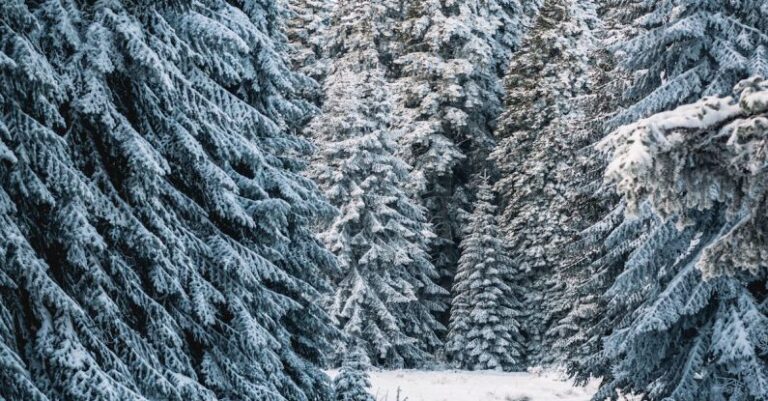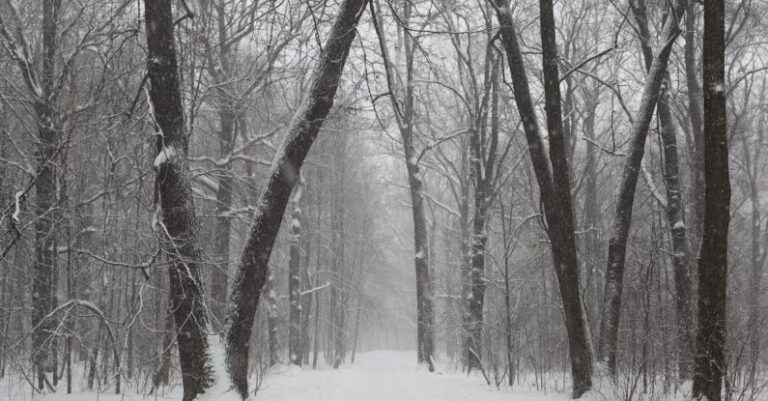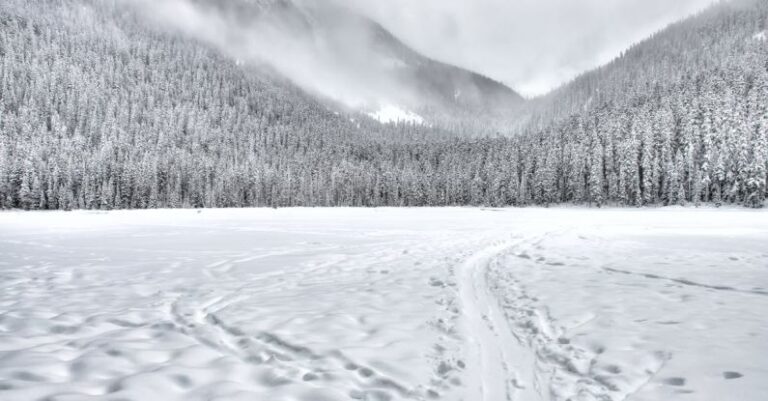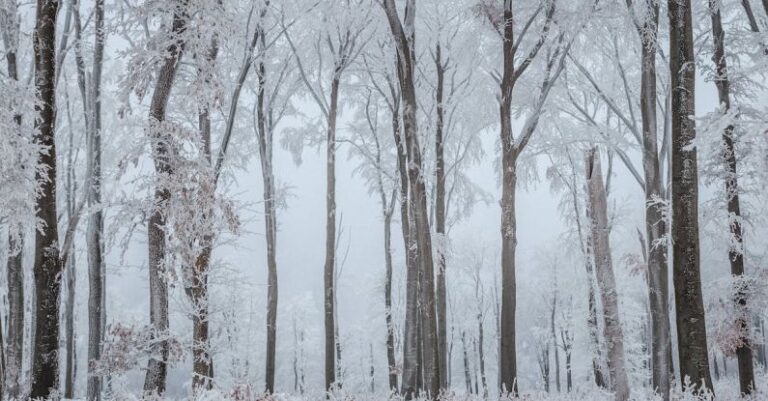
When it comes to outdoor activities, hiking and snowshoeing are both popular choices for nature enthusiasts seeking adventure and exploration. While these activities may seem similar at first glance, there are key differences that set them apart. Understanding these distinctions can help outdoor enthusiasts choose the right activity based on their preferences and the prevailing weather conditions. In this article, we will delve into the key differences between hiking and snowshoeing, shedding light on the unique experiences and challenges each activity offers.
**Terrain and Conditions**
One of the primary differences between hiking and snowshoeing lies in the terrain and conditions in which each activity takes place. Hiking typically involves trekking along established trails that may vary in difficulty, ranging from easy paths to challenging mountain ascents. Hikers navigate through diverse landscapes, including forests, mountains, deserts, and coastal regions, depending on their chosen trail.
On the other hand, snowshoeing is specifically tailored for snowy conditions, allowing enthusiasts to explore winter wonderlands that may be inaccessible by foot alone. Snowshoers traverse through snow-covered terrain, including forests blanketed in white, frozen lakes, and pristine alpine meadows. The snowshoes distribute the individual’s weight over a larger surface area, preventing them from sinking into the snow and making it easier to walk in deep powder.
**Equipment and Gear**
Another significant difference between hiking and snowshoeing is the equipment and gear required for each activity. Hikers typically wear sturdy hiking boots, comfortable clothing suitable for the weather, and carry a backpack with essentials such as water, snacks, navigation tools, and first aid supplies. Depending on the trail difficulty and duration, hikers may also bring trekking poles to aid in balance and reduce strain on their joints.
In contrast, snowshoers utilize specialized snowshoes that attach to their regular hiking boots, providing the necessary flotation to walk on snow-covered terrain. Additionally, snowshoers may use trekking poles with larger snow baskets to prevent them from sinking deep into the snow. Other essential gear for snowshoeing includes insulated clothing, waterproof outer layers, gloves, hats, and goggles to protect against cold temperatures and harsh winter conditions.
**Physical Demands and Challenges**
Both hiking and snowshoeing offer physical benefits and challenges, but the nature of these challenges differs between the two activities. Hiking involves varying levels of intensity depending on the trail’s elevation gain, terrain ruggedness, and distance. Hikers may encounter steep ascents, rocky paths, and changing weather conditions that test their endurance, strength, and agility.
Snowshoeing, on the other hand, presents unique challenges related to walking on snow and navigating through winter landscapes. The added resistance of walking in snow requires more effort and energy expenditure compared to hiking on dry ground. Snowshoers must also contend with slippery surfaces, potential avalanche risks, and changing snow conditions that may impact their progress and safety.
**Scenic Views and Wildlife Encounters**
One of the joys of outdoor activities is the opportunity to immerse oneself in nature’s beauty and observe wildlife in their natural habitats. Hiking allows enthusiasts to enjoy scenic views from mountain summits, lush forests, cascading waterfalls, and panoramic vistas that reward their efforts along the trail. Wildlife encounters while hiking may include sightings of birds, small mammals, and occasionally larger animals like deer or bears.
Snowshoeing offers a different perspective of the winter landscape, with snow-clad trees, frozen lakes, and snow-capped mountains creating a serene and picturesque setting. Snowshoers may have the chance to spot animal tracks in the snow, such as those left by rabbits, foxes, or elusive predators like lynx or wolves. The quietness of the snowy wilderness enhances the possibility of encountering wildlife undisturbed by human presence.
**Choosing the Right Activity for You**
Ultimately, the choice between hiking and snowshoeing depends on personal preferences, fitness level, and the desire to explore different environments throughout the year. Hiking provides a diverse range of trails and landscapes to explore in all seasons, while snowshoeing offers a unique winter experience that showcases the beauty of snow-covered terrain. Whether you prefer the challenge of steep mountain trails or the tranquility of a snowy forest, both activities promise adventure, physical activity, and a deeper connection with nature. So, lace up your hiking boots or strap on your snowshoes, and embark on an outdoor journey that suits your spirit of adventure and love for the great outdoors.





